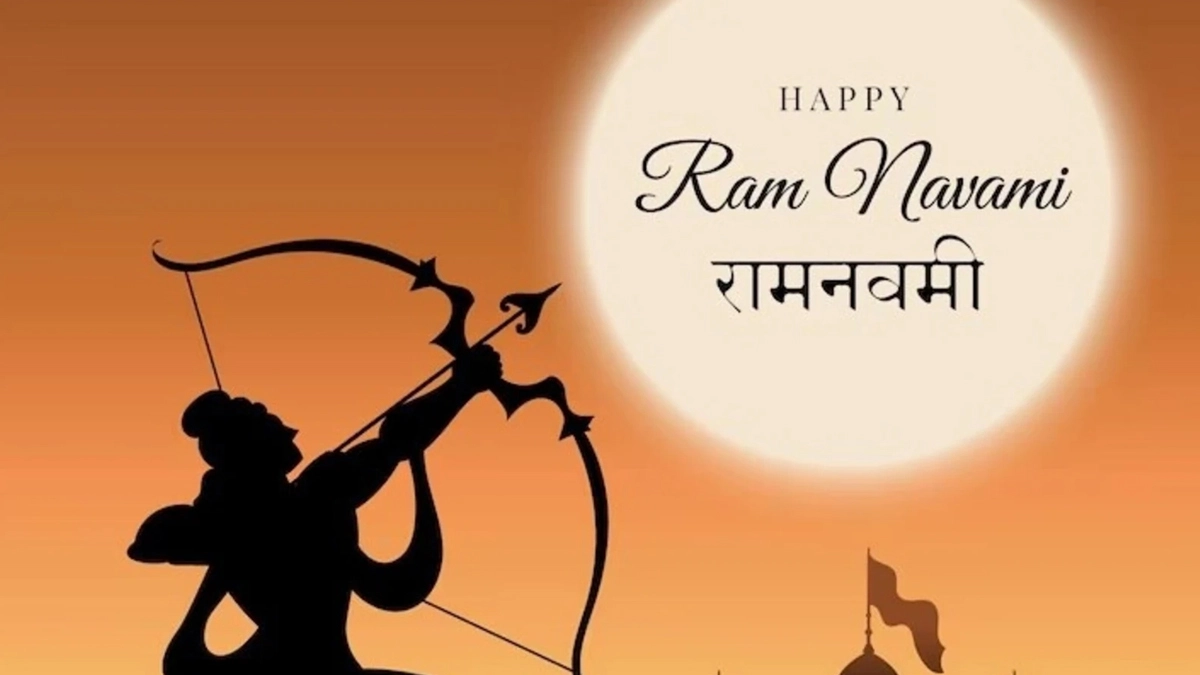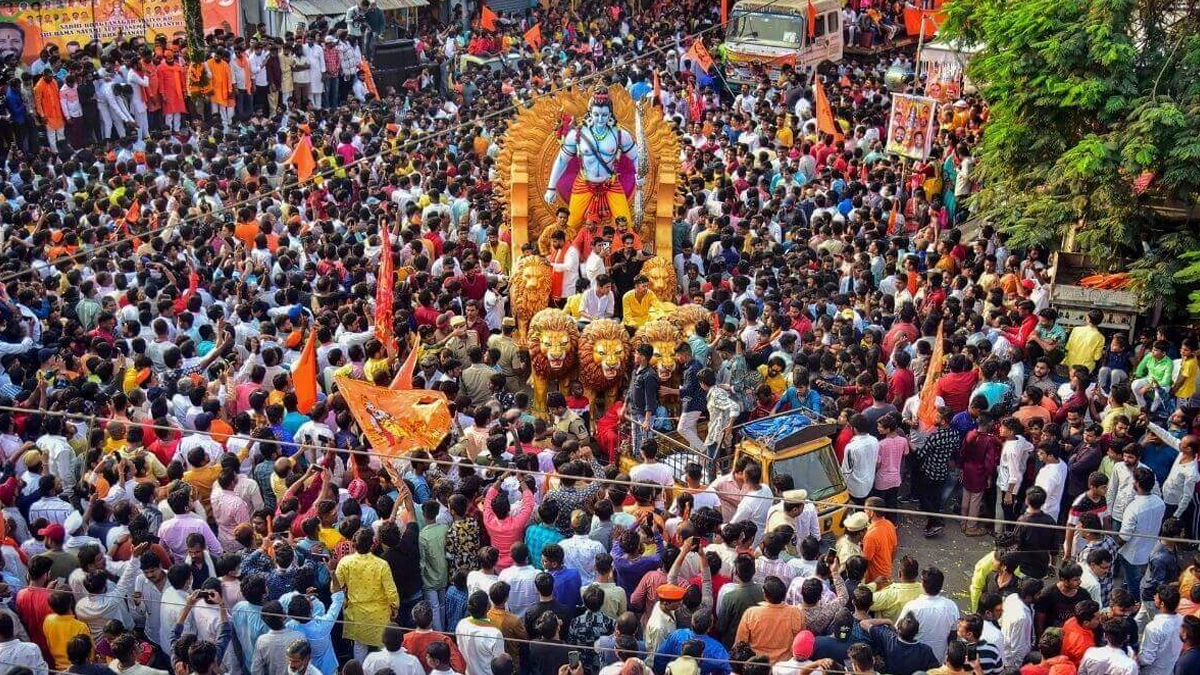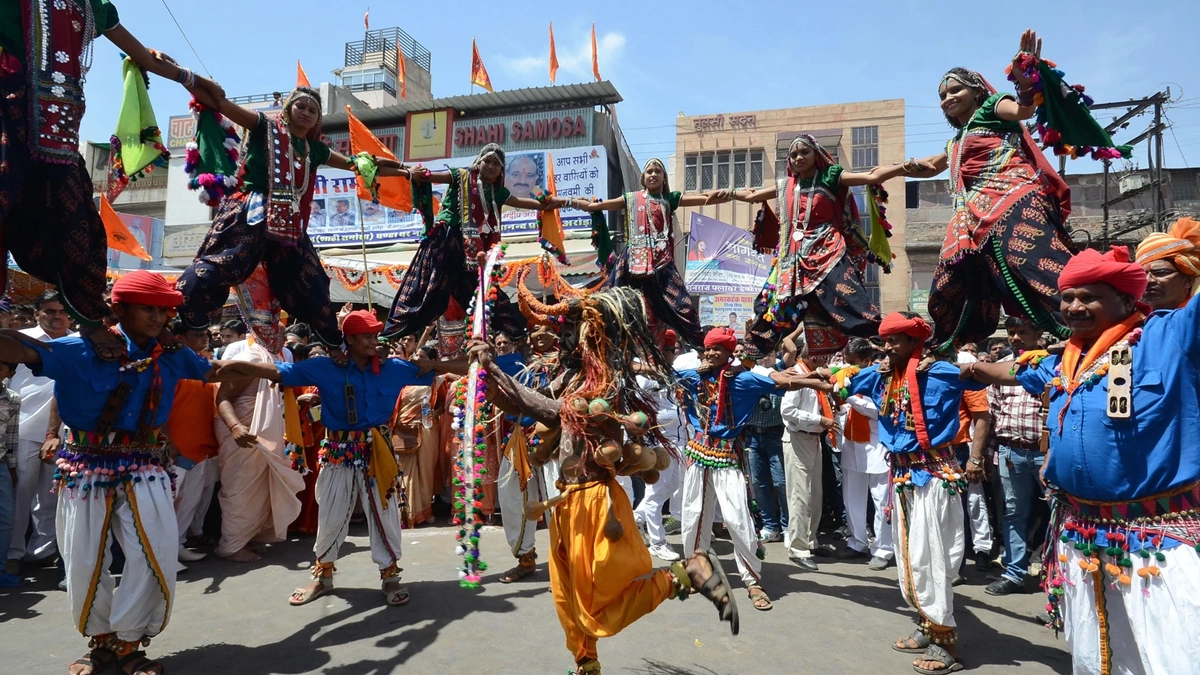
The Divine Melodies: Bhajan and Kirtan on Ram Navami
Hindu devotional songs, known as bhajans and kirtans, are deeply emotional and are sung on the auspicious festival of Ram Navami. These beautiful songs, sung in honor of Lord Rama, reflect the grace, deeds, and heavenly qualities of the august deity. The air is filled with the mesmerizing strains of Bhajans and Kirtans, signifying heavenly presence and blessings, as devotees assemble to commemorate the birth of Lord Rama. These spiritual songs promote spiritual elevation and community among followers by acting as powerful means of expressing love, adoration, and submission to the divine. The spirit of joy and dedication is embodied in the Bhajans and Kirtans performed during Ram Navami.
Bhajan and Kirtan: Instruments of Devotional Sadhana
Beyond being only musical performances, Bhajans and Kirtans are holy instruments used in spiritual sadhana during Ram Navami. With humility and devotion, devotees participate in these rituals, giving their hearts and minds to the almighty. They strengthen their relationship with God by invoking the divine’s presence and grace via the rhythmic singing of divine names and hymns. Kirtans and Bhajans help with inner transformation, clearing the mind, and raising awareness. On their spiritual journey, devotees are guided by these devotional rituals, which also help them become more aware of the abundance of divine love and grace that surrounds the auspicious event of Ram Navami.
The Tradition of Bhajan and Kirtan
The devotional rituals described in ancient scriptures are the source of the Bhajan and Kirtan traditions, which have been an essential aspect of Hindu worship for generations. These devotional songs, which have their roots in the Bhakti movement, are declarations of fervent love and devotion to the almighty. Language and cultural barriers are transcended by the soul-stirring melodies and heartbreaking lyrics of bhajans and kirtans, which evoke profound spiritual experiences. These devotional acts, which are led by spiritual leaders or collectively sung by devotees, generate a holy atmosphere infused with spiritual energy that promotes divine communication, joy, and inner serenity. The Hindu traditions of devotion and spiritual joy are best embodied by Bhajan and Kirtan.
The Melodic Tapestry of Ram Bhajans
Devotees are enthralled by the rich musical legacy that is created by the melodic weaving of the divine virtues, exploits, and grace of Lord Rama through the Ram Bhajans. These devotional songs, which have been written by saints and poets throughout history, are filled with ageless wisdom and deep spiritual importance. Ram Bhajans, from the entrancing poetry of Tulsidas’ “Ramcharitmanas” to the heart-wrenching works of Kabir and Surdas, are holy means of expressing adoration, love, and submission to the almighty. Each tune has a divine resonance that evokes the piety and devotion of bygone eras, enhancing the spiritual atmosphere of Ram Navami celebrations.
Kirtans: A celebration of Divine Ecstasy
Call-and-response singing is the hallmark of kirtans, which exude a lively celebration of divine pleasure on Ram Navami. Followers of Lord Rama chant the divine names and glory of the Lord while being guided by a kirtankar, or spiritual leader, and losing themselves in exuberant rhythms and melodies. Kirtans’ contagious energy boosts people’s spirits and promotes spiritual communion, joy, and solidarity among those who attend. Devotees transcend earthly worries by uniting with the divine presence and going through deep spiritual ecstasy through the rhythmic chanting of holy phrases. During the auspicious occasion of Ram Navami, kirtans serve as vibrant expressions of collective devotion that bring people together in a collective celebration of divine love and delight.
The Transformative Power of Bhajan and Kirtan
During Ram Navami, bhajans and kirtans have the ability to transform, clearing minds and raising consciousness. By means of reciting holy names and passages on a regular basis, followers develop a profound spiritual resonance that promotes inner tranquility and spiritual elevation. Through the guidance of devotees on pathways to self-realization and liberation, these devotional rituals create a holy atmosphere imbued with divine energy. The lyrical tones of Bhajans and Kirtans transcend ordinary worries and bring listeners into close spiritual touch with the divine. In the end, Bhajans and Kirtans are transformational instruments that enhance devotees’ spiritual journeys and help them recognize the infinite grace and love of the almighty on Ram Navami.
The Communal Harmony of Bhajan and Kirtan
Bhajans and Kirtans promote social harmony and bring devotees together in a spirit of group devotion on the occasion of Ram Navami. Devotees gather to chant the praises of the god, disregarding disparities in language, caste, or creed. Bhajans and Kirtans, when sung aloud, foster a sense of unity, respect, and devotion that transcends boundaries and unites people’s hearts in divine love. During the auspicious occasion of Ram Navami, devotees create links of spiritual kinship and develop a harmonious community built in love and devotion to the almighty through these devotional acts, which give them a profound sense of oneness and connection with one another.
Benefits of Bhajan and Kirtan
While celebrating Ram Navami, bhajan and kirtan have several advantages. Encouraging inner tranquility and spiritual elevation, these devotional practices also cleanse the mind and raise consciousness. Deepening the devotee’s connection to the divine, the rhythmic chanting of celestial names and phrases invokes the divine presence and grace. Additionally, by bringing followers together in a common commitment and spiritual kinship, bhajan and kirtan foster harmony throughout the community. Additionally, devotees are guided on their spiritual path towards self-realization and liberation by these devotional songs, which act as transformational agents. Finally, by adding heavenly energy, enthusiasm, and devotion to the ceremonies of Ram Navami, Bhajan and Kirtan enhance the spiritual landscape of these events.



